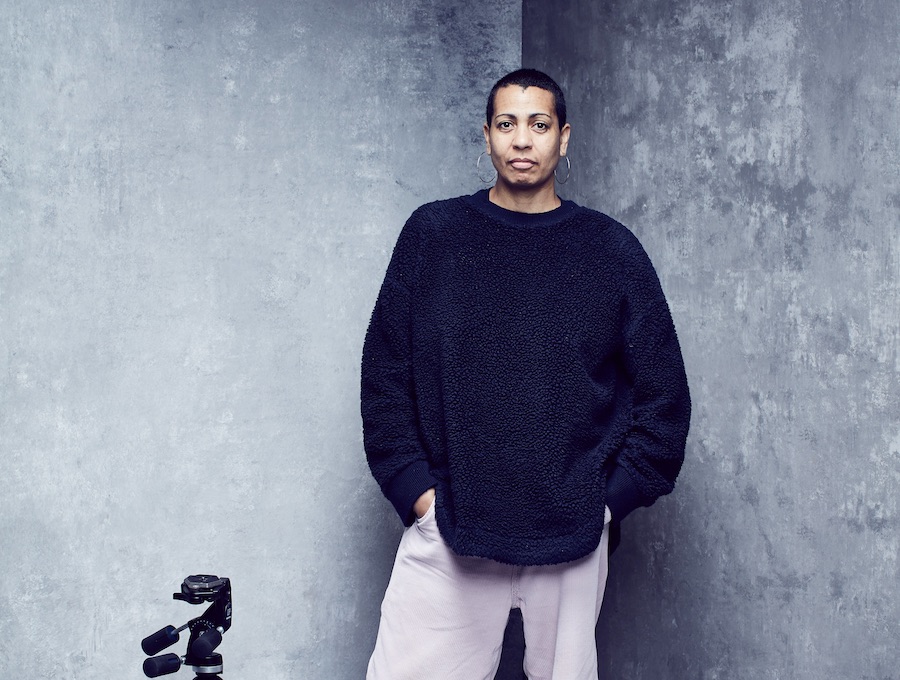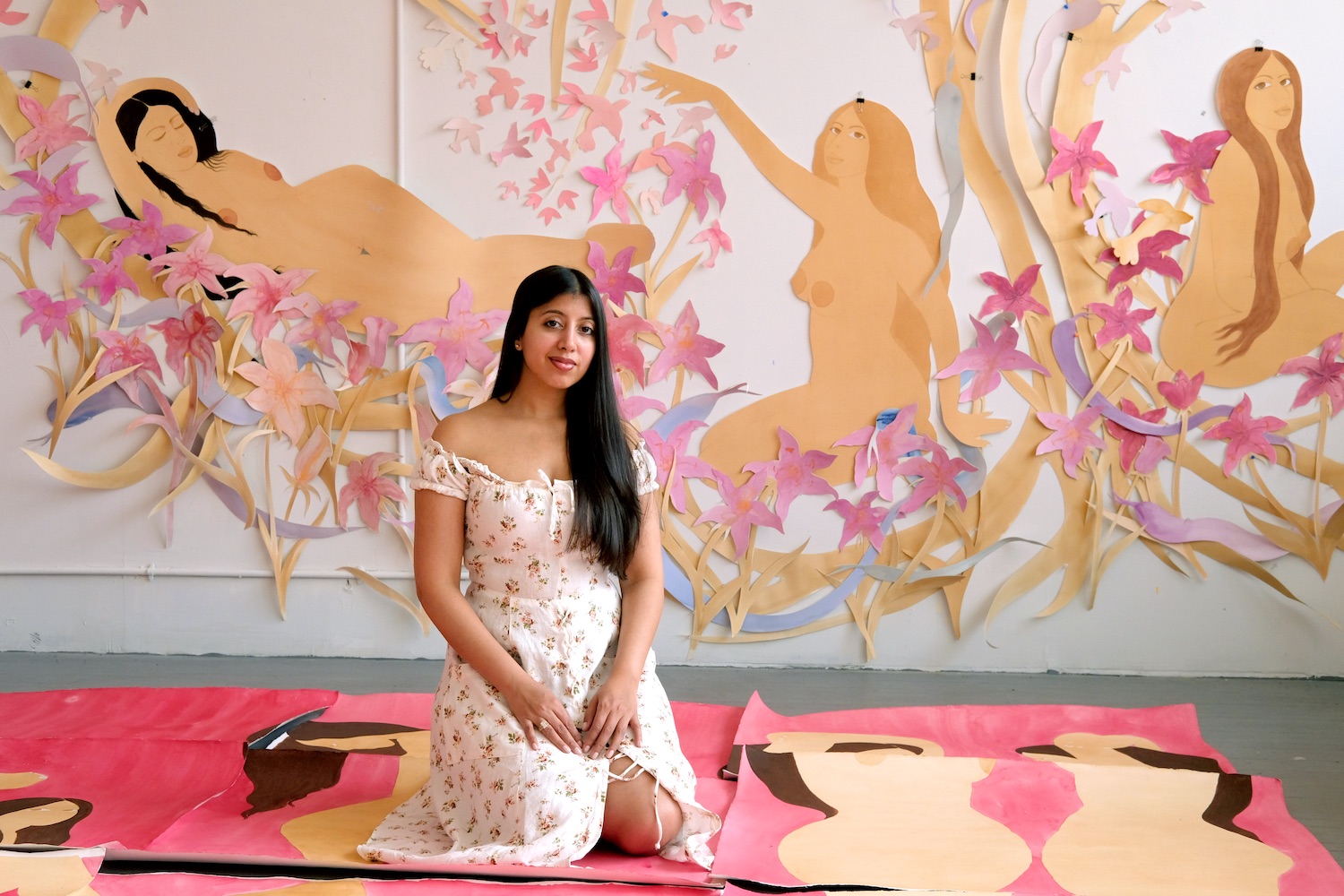Helen Cammock Makes Art Through Conversation and Connection
Helen Cammock sees herself as existing slightly on the outside of things, on the edge looking in. The Turner Prize–winning artist creates films, photographs, prints, and performances that draw poetic connections between people, place, and past and present. Projects like The Long Note (2019) and Che si può fare (What can be done) (2019) are deeply rooted in research and a web of conversations that lead her from one person to the next, one story to the other. She asks questions, creates relationships, and builds trust, in order to share voices, memories, and personal truths with care.
She recently spent a year going back and forth between the U.K, where she lives and works, and New Orleans as one of the inaugural participants of a residency with the Rivers Institute for Contemporary Art & Thought. The nonprofit based in New Orleans is focused on research, publishing, exhibitions, and programming around art of the global diaspora. Cammock’s residency, which was in partnership with the Amistad archive, resulted in a film, a book (published by Siglio Press, Rivers, and the California African American Museum), and a touring exhibition, all under the title “I Will Keep My Soul.” Previously on view at Art + Practice in Los Angeles, the show opens October 14 at the UNO Gallery on St. Claude Avenue in New Orleans.
Whitewall spoke with Cammock about what it was like to explore a city she’d never before visited, making real connections with its people and history.
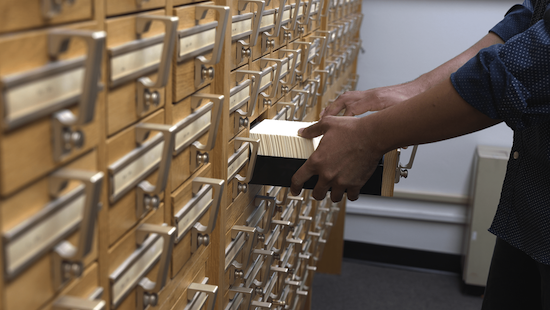
Film still from Helen Cammock’s “I Will Keep My Soul,” 2023, courtesy of the artist.
More About Helen Cammock’s New Orleans Residency
WHITEWALL: The exhibition and book titled “I Will Keep My Soul” both stem from your time in New Orleans at the Rivers Institute, at the inaugural Amistad/Rivers Artist Research Residency. What interested you in this residency?
HELEN CAMMOCK: Five years ago, Andrea Andersson and I started having a conversation about working together, this was before Rivers was in existence as an organization. When Rivers was officially established, she asked whether I was interested in coming and making a piece of work in New Orleans and this became my residency and the first full Rivers Residency in their program? It was an incredible opportunity. So exciting.
And the relationship with Amistad—a residency that was attached to an archive—is something that I was really interested in. Probably half of the films or projects I’ve made have been attached to or in dialogue with an archive.
It was a city I’d never been to. I had in my mind Bourbon Street, jazz, Mardi Gras, Louis Armstrong, Hurricanes Katrina and Ida—a city that was pulsing with energy and dynamism and also natural disasters. But actually, of course, getting there I had the complete opposite experience.
Mardi Gras is there and those kinds of cultural links are there, but the film is not concentrating directly on the “well-knowns” about the city. That was really important to me, and the archives enabled that to be a reality.
WW: Part of your research into the Amistad archive was heavily centered on the work of Elizabeth Catlett, and the process of making her public sculpture of Louis Armstrong for Armstrong Park. Did you know you wanted to focus on that going into the residency?
HC: No, I had no idea at all. Amistad has an archive, but they also have a wonderful art collection. Before arriving, I asked if I could see certain works from the art collection, and so on my first day, I was met with the most incredible Elizabeth Catlett prints. I was completely blown away by them. There were some other beautiful works, but it was these that spoke to me. That was the starting point for that part of the project’s research.
It led me to her political activism, her role as an artist in the civil rights movement, what that meant and what the risks were, her work on the “Free Angela Davis” prints, her relationship with other artists, and then her difficulty in getting the Louis Armstrong statue made and funded. All of these elements fed into both historical and contemporary narratives from the city. That’s how the film and book have developed in a kind of rhizomatic organic relational way.
At the same time, I was meeting different people in New Orleans, and that happened almost in the same way. I would meet one person who would spark an idea and they’d say I should meet someone else, and so on. There are all these complex interconnections that happened at each visit. So, it was about trying to tame some of that and bring it into some sort of shape for both the book and for the film.
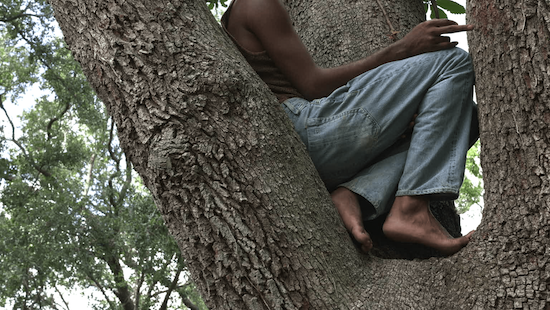
Film still from Helen Cammock’s “I Will Keep My Soul,” 2023, courtesy of the artist.
WW: Whose voices did you want to include?
HC: Elizabeth Catlett was the catalyst. The more I went through her particular archive, the more I realized that she was talking a lot about what it means to be an artist and to be a Black artist, and to be a Black woman artist. She was talking about race, she was talking about poverty, she was talking about barriers and exclusions. She was talking about what it means to be an activist and to use your art to activate something, whether that’s a conversation, whether that’s a political movement. All of these conversations surrounded the making of the Louis Armstrong statue, where she was being told that she needed to change the way his hand was, and that “he wouldn’t stand like that,” and “you’ve done his lips wrong.” And she was saying, “I’m an artist, and this is an interpretation you’ve asked me to make.” These are the kinds of control parameters that most artists have to wrangle with when they make public art particularly.
And she was talking about that. There were these letters to her in the archive from younger Black artists, women artists, saying, “I don’t know if I can do this. It’s too hard. I don’t know how you do it.” She would always write back to them. There was this dialogue about care, as well. She was a caretaker of people.
I knew that I wanted to explore these concerns with artists, musicians, writers, and producers who were in New Orleans today. So, the book and film talk about politics, about care, about intent, and responsibility as much as they do about what it means to be an artist or musician.
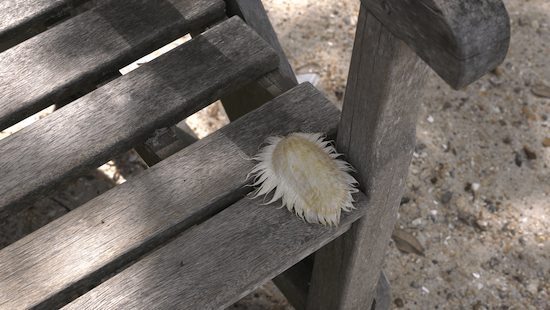
Film still from Helen Cammock’s “I Will Keep My Soul,” 2023, courtesy of the artist.
Cammock Looks to Artist Elizabeth Catlett for Inspiration
WW: Alongside the film, I Will Keep My Soul, is the book of the same name. In it we see some of Elizabeth Catlett’s correspondences around the Louis Armstrong sculpture. Reading those, did you relate to her as an artist?
HC: Completely. I absolutely did. She was living in a different time, a different moment politically and historically in a different county, and yet there were things that chimed with me absolutely. There is something about slightly being on the edge, taking herself out of the southern states and living in Mexico, decisions she made to place herself on the outside—but then she also found her ways to be on the inside of things—and I often feel that’s how I live my life, too.
I think that is probably what I feel about who I am in the world. I’m kind of on the outside and I find my routes in. At other times I feel on the inside of things only to find that really my experience kind of sits on the edge. Perhaps we all do?
But I completely relate to that feeling that she needed to do something, needed to activate something in the world, that’s exactly how I feel. That’s my intent, that’s my aim, sometimes I’m frustrated, sometimes I want to run away, sometimes I know I don’t do enough. It’s perhaps just part of being human—but it’s a conscious way of being human. And this is what New Orleans began to mean to me, to reveal in and of itself through encounters with stories of sadness and stories of rage—through the complexities of culture and race and histories, of the wisdoms and generosity, a knowing and understanding of a conscious way of being human.
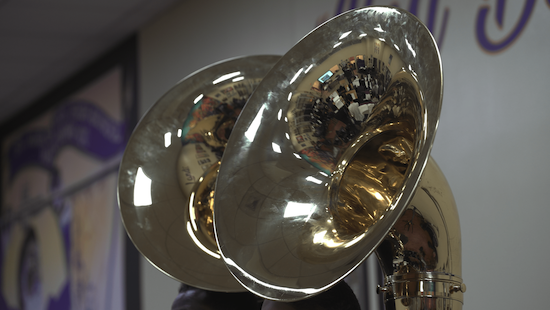
Film still from Helen Cammock’s “I Will Keep My Soul,” 2023, courtesy of the artist.



